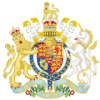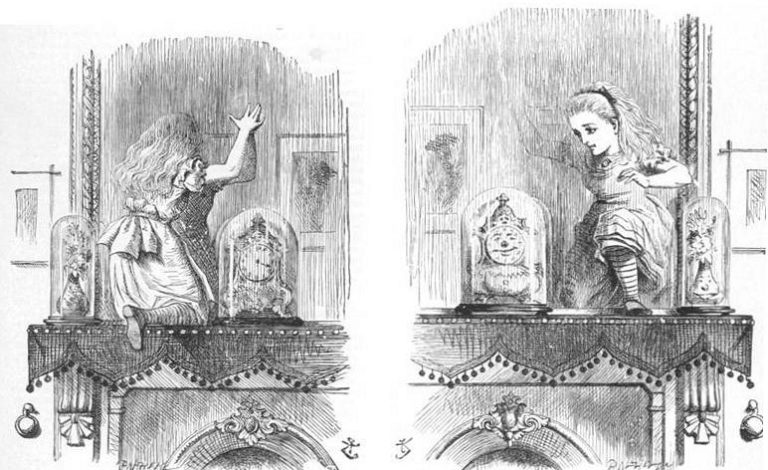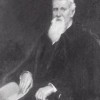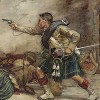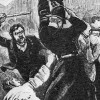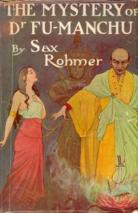EN316: Revolution and Empire: British Literature from 1660-1900
Created by Stacey Kikendall on Sun, 02/07/2021 - 17:58
This timeline presents important dates and events from the Restoration up through the end of the Victorian period, with special reference to authors and their works we read in class.
Timeline
Chronological table
| Date | Event | Created by | Associated Places | |
|---|---|---|---|---|
| Apr 1870 |
Rossetti, Poems
ArticlesElizabeth Helsinger, “Lyric Poetry and the Event of Poems, 1870″ |
Dave Rettenmaier | ||
| 9 Aug 1870 |
1870 Married Women's Property Act
This Act established limited protections for some separate property for married women, including the right to retain up to £200 of any earning or inheritance. Before this all of a woman's property owned before her marriage, as well as all acquired after the marriage, automatically became her husband's alone. Only women whose families negotiated different terms in a marriage contract were able to retain control of some portion of their property. ArticlesRachel Ablow, "On the Married Woman's Property Act, 1870" Related ArticlesKelly Hager, “Chipping Away at Coverture: The Matrimonial Causes Act of 1857″ Jill Rappoport, “Wives and Sons: Coverture, Primogeniture, and Married Women’s Property” Anne Wallace, “On the Deceased Wife’s Sister Controversy, 1835-1907″ |
Dave Rettenmaier | ||
| 1 Jan 1871 to 1 Jan 1871 |
Disestablishment of the Irish Church The Irish Church Act of 1869, passed under the administration of William Gladstone (1809-1898), called for the disestablishment of the Church of Ireland. It was formally implemented on 1 January 1871. Image: Logo of the Church of Ireland, Fair use under United States copyright law ArticlesKimberly J. Stern, "The Publication of John Pentland Mahaffy's The Decay of Modern Preaching (1882)" |
Dave Rettenmaier | ||
| 27 Dec 1871 |
Publication of Lewis Carroll's Through the Looking Glass Articles |
Dave Rettenmaier | ||
| Sep 1873 |
Financial panic of 1873 begins
Related Articles |
Dave Rettenmaier | ||
| Nov 1878 to 2 May 1881 |
Anglo-Afghan War
ArticlesZarena Aslami, “The Second Anglo-Afghan War, or The Return of the Uninvited” Related ArticlesAntoinette Burton, “On the First Anglo-Afghan War, 1839-42: Spectacle of Disaster” |
Dave Rettenmaier | ||
| Jan 1880 to Jan 1880 |
Fog eventIn January 1880, a four-day fog event in London killed some 1,100 people. Image. Photograph of Widnes (north west England in the late nineteenth century, from D. W. F. Hardie, A History of the Chemical Industry in Widnes. 1950. Courtesy of Wikimedia Commons:https://upload.wikimedia.org/wikipedia/commons/8/8c/Widnes_Smoke.jpg. Articles |
Dave Rettenmaier | ||
| 1 Jan 1883 |
1882 Married Women's Property Act
ArticlesJill Rappoport, “Wives and Sons: Coverture, Primogeniture, and Married Women’s Property” Anne Wallace, “On the Deceased Wife’s Sister Controversy, 1835-1907″ Related ArticlesRachel Ablow, “‘One Flesh,’ One Person, and the 1870 Married Women’s Property Act” |
Dave Rettenmaier | ||
| 14 Aug 1885 |
Criminal Law Amendment Act
Related ArticlesMary Jean Corbett, “On Crawford v. Crawford and Dilke, 1886″ Andrew Elfenbein, “On the Trials of Oscar Wilde: Myths and Realities” |
Dave Rettenmaier | ||
| 1 Jan 1887 |
Year of Jubilee
Related ArticlesErika Rappaport, “Object Lessons and Colonial Histories: Inventing the Jubilee of Indian Tea” |
Dave Rettenmaier | ||
| 1 Nov 1887 |
Bloody Sunday
ArticlesFlorence Boos, “The Socialist League, founded 30 December 1884″ |
Dave Rettenmaier | ||
| Jul 1888 |
London Matchgirls' StrikeIn July 1888, the London Matchgirls' Strike occurred. Related ArticlesHeidi Kaufman, “1800-1900: Inside and Outside the Nineteenth-Century East End” |
Dave Rettenmaier | ||
| Aug 1888 to Sep 1889 |
Jack the Ripper murdersFrom August 1888 to September 1889, the serial killer known as the Whitechapel Murderer or Jack the Ripper stalked women living in the East End of London. Related ArticlesHeidi Kaufman, “1800-1900: Inside and Outside the Nineteenth-Century East End” |
Dave Rettenmaier | ||
| Nov 1890 |
The Yellow PerilThe Yellow Peril was a term originated in Imperial Germany in the 1890s. This term was a color-metaphor referred to Western fears that Asians, particularly the Chinese, would invade their lands and disrupt Western values, such as democracy, Christianity, and technological innovation. The term of the Yellow Peril spread through Britain with the rise of Chinese populations in the aftermath of the Boxer Rebellion (Nov 2, 1899 – Sep 7, 1901). The Boxer Rebellion was an uprising movement against foreigners that occurred at the end of the Qing dynasty in northern China. The Boxer did experienced suppression by allied forces in China; however, the Western anxieties continually increased, which turned into the fears of the “Yellow Peril”. The most recognizable character of “Yellow Peril” was Dr. Fu Manchu, a villain from the series of novels written by a British author Sax Rohmer. Image: A 1913 cover of Sax Rohmer’s The Mystery of Dr. Fu-Macnhu Articles: |
Shiqi Deng | ||
| Jan 1892 |
"The Yellow Wallpaper"
Articles |
Dave Rettenmaier | ||
| 6 Oct 1892 |
Death of Tennyson
ArticlesLinda Peterson, “On the Appointment of the ‘Poet Laureate to Her Majesty,’ 1892-1896” |
Dave Rettenmaier | ||
| 1894 |
"New Aspect of the Woman Question"In March 1894, Sarah Grand's “The New Aspect of the Woman Question” was published. The essay in North American Review, vol.158, no.448, March 1894, pp.270–6 has been credited with identifying the "New Woman." ArticlesMeaghan Clarke, “1894: The Year of the New Woman Art Critic” |
Dave Rettenmaier | ||
| 27 Jun 1894 |
End of the 3-Volume Novel
ArticlesRichard Menke, “The End of the Three-Volume Novel System, 27 June 1894″ |
Dave Rettenmaier | ||
| Apr 1895 to May 1895 |
Trials of Oscar Wilde
ArticlesAndrew Elfenbein, “On the Trials of Oscar Wilde: Myths and Realities” |
Dave Rettenmaier | ||
| 11 Oct 1899 to 31 May 1902 |
Second Boer War
ArticlesJo Briggs, “The Second Boer War, 1899-1902: Anti-Imperialism and European Visual Culture” |
Dave Rettenmaier | ||
| 4 Apr 1906 |
Aborigines Act 1905
Articles |
Dave Rettenmaier |


